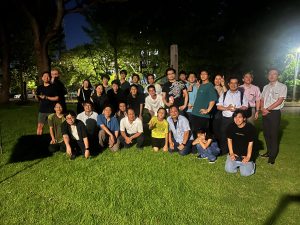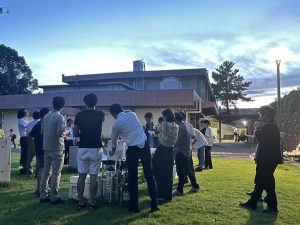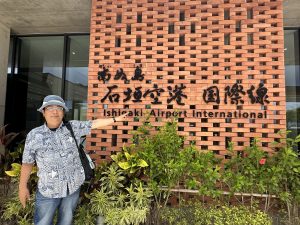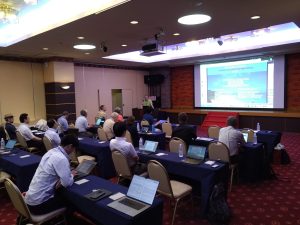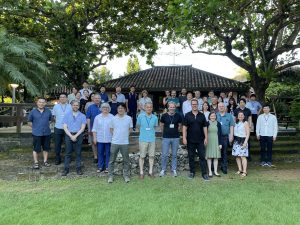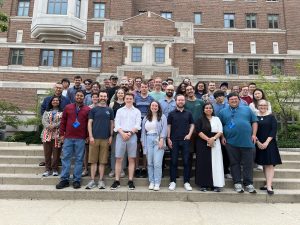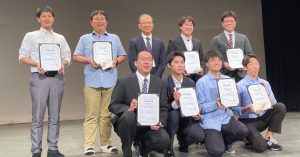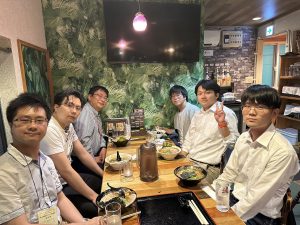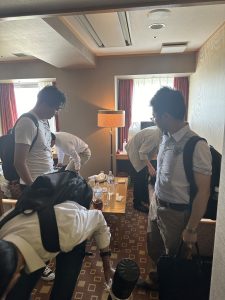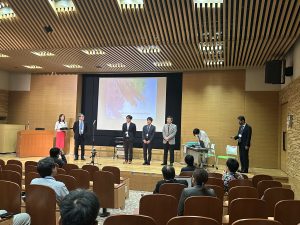Detail Page
2024.8.20
Law-san’s paper is published in HEDP journal
The article “Observation of Ion Species Energy Dependence on Charge-to-Mass Ratio in Laser-Driven Magnetic Reconnection Experiment” reports on an experimental study investigating magnetic reconnection using laser-generated plasma. The study focuses on how the energy of different ion species correlates with their charge-to-mass ratios during the reconnection process. The findings suggest a scaling relation where ion energies depend on the square of the charge-to-mass ratio, with significant implications for understanding particle acceleration in laboratory and cosmic plasma environments.
For more details, you can refer to the full article in High Energy Density Physics journal.
2024.8.6
Collaboration result published in Nuclear Fusion journal.
The manuscript “Formation of High Areal Density Core using an Efficient and Robust Implosion method for Fast Ignition” by Prof. Nagatomo and our team member explores an innovative approach to nuclear fusion energy. The study introduces a new fuel compression method called modified homogenous isentropic compression (M-HIC), designed to optimize the conditions for fast ignition fusion. By using precisely controlled step-pulse lasers, the researchers aim to compress fuel more efficiently, achieving the necessary conditions for ignition while minimizing entropy increases.
A notable feature of this approach is the “power dip” technique, which temporarily reduces the laser power before the final compression stage. This helps lower electron and ion temperatures near critical density, potentially reducing adverse effects from laser-plasma interactions.
2024.8.4
Tanaka-san’s paper published in JAP.
Tanaka-san’s paper has been published in Journal of Applied Physics.
Hydrogen negative ions are widely used for neutral beam injection heating for magnetic confinement fusion reactors, semiconductor manufacturing, and as injection beams for proton accelerators. To improve the efficiency of negative ion production and ensure more sustainable usage, a novel material called electride, which has a low work function, has recently attracted attention.
In this paper, we systematically investigated the interaction of hydrogen atom and molecule ion beams with electride surface, under low energy (below 1 keV) and grazing incidence (below 10 degrees). We found that the proportion of negative ions in the reflected hydrogen ions increases at lower angle and energy showing possible practicability of electride materials for negative ion sources.
For more details, please visit the publication on AIP’s website.
2024.7.11
Fujioka-san gave an invited talk at FLA-4 workshop.
Prof. Fujioka participated in the Frontiers in Laser Applications Workshop (FLA-4).
This workshop was held in Ishigaki Island, Okinawa Prefecture, Japan from 7th July to 11th July.
He gave an invited talk on the development of fast ignition inertial fusion energy.
Ishigaki is a very beautiful island, and he enjoyed both the conference and life there during his stay.
2024.6.26
Takizawa-san’s paper is published in HEDP journal.
Takizawa-san’s paper is published in the High Energy Density Physics journal.
The paper “Effect of irradiation uniformity on quasi-isentropic shock compression of solid spheres” explores how the uniformity of laser light affects the compression of solid spherical targets used in laser fusion energy research. This study highlights the importance of precise laser control in fusion energy research, suggesting that dynamic adjustments to the laser spot size could further enhance the uniformity and efficiency of the compression process. This advancement could significantly contribute to the development of fusion energy as a reliable and clean power source.
2024.6.17
Matsubara-kun attended HEDSS2024.
Matsubara-kun attended the High Energy Density Summer School (HEDSS) at the University of Michigan from June 17 to 21. In the lectures, He learned about the theory and measurement methods of high-temperature plasmas and was able to deepen my knowledge of both theory and experiment. During the lab tour, he gained valuable experience observing specific approaches and instrument setups. In addition, through group work, he exchanged opinions and cooperated with other students, and was able to develop English language skills and cooperation skills, which are essential for large-scale experiments.
2024.6.14
Mr. Matsubara was awared the Best Student Presentation at the 15th Nuclear Fusion Energy Conference
Mr. Matsubara was awared the Best Student Presentation at the 15th Nuclear Fusion Energy Conference held in Hachinohe, Aomori, Japan. Because he went back to Osaka before the award session, Prof. Fujioka received the certification as a representative of the group.
2024.6.13
Participation to 15th Nuclear Fusion Energy Conference
LF members, Fujioka, Law, Takizawa, Karaki, Matsubara, and Yamada, participated the 15th Nuclear Fusion Energy Conference held in Hachinohe, Aomori, Japan. We stayed in a suite room togather and enjoy the conference and also foods there.
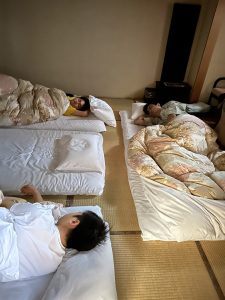
2024.6.9
Dr. Morita recieved Osaka University KONDO award.
Dr. Hiroki MORITA, an assitant professor of Utsunomiya University and an alumni of our group, received the Osaka University KONDO prize at OPTO2024.



